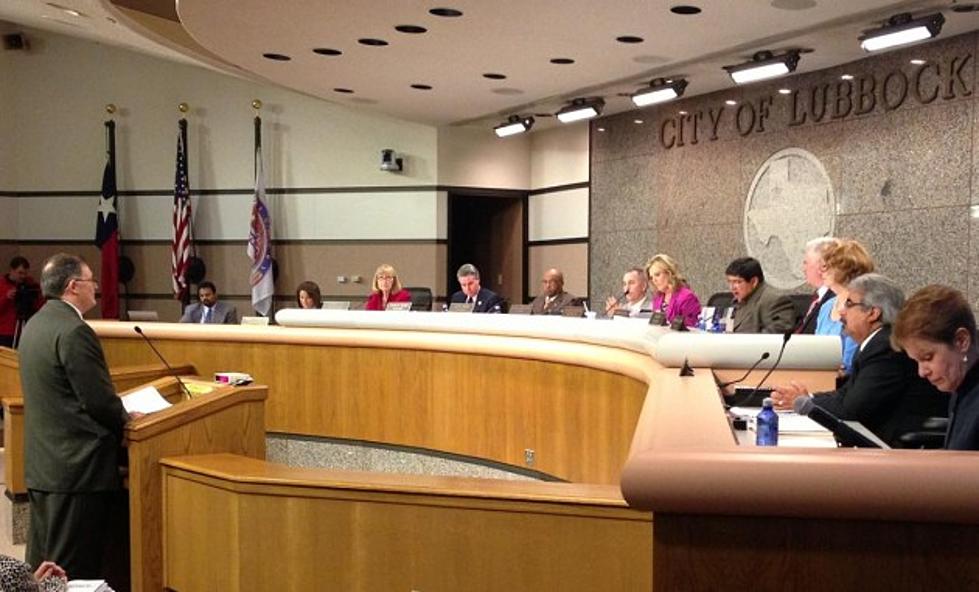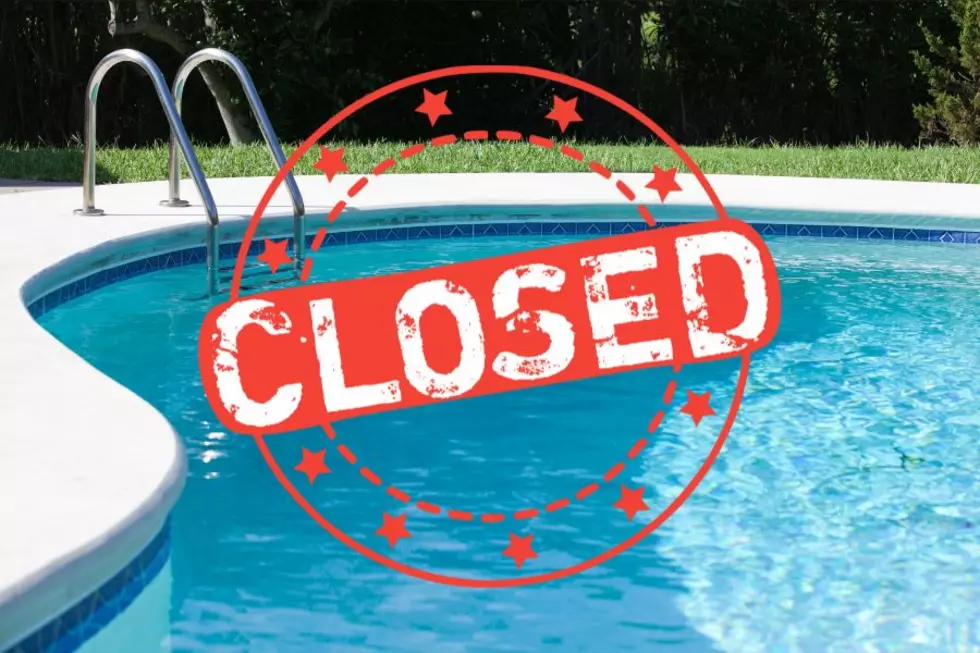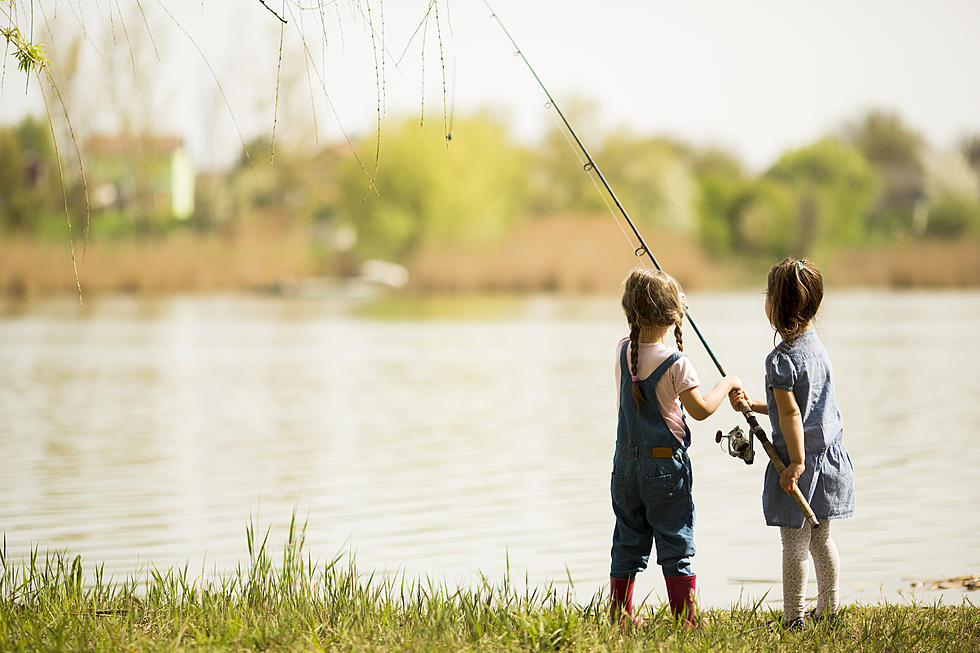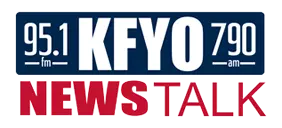
Lubbock City Council Approves New Strategic Water Supply Plan
At their meeting Thursday evening, the Lubbock City Council approved a new strategic water supply plan.
The Lubbock Water Advisory Commission’s goal in devising the plan is to provide a road map for sustainable water supplies for the City of Lubbock over the next 100 years. The water supply plan took 15 to 18 months to compile, according to Aubrey Spear, Lubbock’s director of water resources.
The plan outlines potential conservation strategies, which can include changing the City’s water rate structure, keeping water loss during treatment and pumping at a minimum, public education on conservation, and ordinances for mandatory seasonal conservation.
“Water conservation is the cheapest form of water supply we will ever pick up, because it does not cost us the money to go out and build new infrastructure,” said Spear.
The plan has 16 different strategies regarding new water supplies, which are split into three categories: reclaimed water, ground water, and surface water.
“The most important point is that our water supplies, we’re not unlike any other city, they come and they go,” said Spear. “There is no perpetual water supply that lasts forever anywhere, so we have to always be planning for where the next water supply is coming from.”
The group first estimated the water demand for three different population projections: accelerated population growth, historic population growth, and expected population projections, and then calculated the long-term yield of the City’s current water supplies.
Current water supplies are through the Canadian River Municipal Water Authority, which includes Lake Meredith and the Roberts County well field, the Bailey County well field near Muleshoe, and Lake Alan Henry, which is the City’s newest and closest water supply.
Lake Meredith, located about 30 miles northeast of Amarillo, is no longer considered a viable water supply for the area, but around 67 percent of water comes from CRMWA and the Roberts County well fields. Lake Meredith set yet another record low depth of 28.39 feet on February 13th of this year, far from its record high of 101.85 feet set in April of 1973.
The City of Lubbock used nearly 2.486 billion gallons of water from CRMWA, out of 3.714 billion gallons used from October 1st, 2012 through January 31st, 2013. The Bailey County well fields provided nearly 28 percent of the City’s water supply, and Lake Alan Henry provided just over 5 percent of water used by the area.
The conservation plan’s goal is water use of 140 gallons per capita per day. In the first four months of the fiscal year, which are during the fall and winter, water use sits at 111 gallons per capita daily as of January 31st of this year and will rise as the weather gets warmer.
Reclaimed water takes highly-treated waste water and reuses it directly or indirectly, and Spear says that the water, once it hits the raw water supply and then comes into the City’s conventional treatment plants, will produce as high, or even higher quality water as that brought in normally in the raw water supply. The reclaimed water can also be injected into the Ogallala Aquifer and pumped back out downstream.
Groundwater delivery could also be increased by new transmission lines to the Roberts and Bailey County well fields, but new wells would also be necessary with this measure. A well field in South Lubbock is also possible, but would reportedly be expensive and would not have as much water as other well fields. Deeper drilling that will produce brackish water is also a possibility, but is the most expensive option at $10 per thousand gallons of water, as compared to most at $2 to $4 per thousand gallons.
As for surface water, the current phase of water usage from Lake Alan Henry delivers about 8,000 acre feet of water per year, and the second phase would double the water delivery, which is still within the calculated yield from the lake. Other potential surface water options include Canyon Lake No. 7, Post Reservoir, and the North Fork Scalping Operation south of Post, which would likely only be possible through the use of reclaimed water.
The plan also includes potential packages that could be enacted during different situations, including the growth package, which is a combination of most of the strategies outlined by the plan to meet the water use needs of the population estimated under the plan’s accelerated growth projections.
The growth package also includes the use of the deeper brackish wells toward the end of the 100 year period.
“We have a Big Gulp,” said Spear. “We just don’t have all the straws in there, and it costs money to put those straws in there. There are many cities throughout the state of Texas that would love to have the Big Gulp that we have; they just don’t have it.”
Spear outlined the net present value of these packages over a 100 year period, making assumptions over inflation, interest, and other variables.
The cost of the conservation package over the 100 year period was the lowest at $4 billion, and the highest was close to $10 billion under the accelerated growth scenario.
The City’s finance department projected water bill increases for Lubbock citizens over the next 12 years, and in today’s dollars, an average household water bill is $49 for 7,000 gallons per month, and within 12 years, the rates are expected to go up to approximately $63 to $78 for the same usage.
“This is the never ending journey, because it continually will change,” Spear concluded.
The Council unanimously approved the 2013 Strategic Water Supply Plan.
Later on in the meeting, the Council also gave initial approval to an increase of the City’s water volume rate multiplier.
City ordinance prohibits the City from providing water to individuals, businesses, agencies, and organizations located outside the City Limits, but the City is allowed to sell water to federal, state, and local governments at wholesale water rates.
The City’s current wholesale water rate is 1.3 times the rate as Lubbock’s customers, but the Lubbock Water Advisory Commission recommended that the rate multiplier be increased to 1.5 to cover costs of obtaining water rights, permits, water transportation, and treatment.
The Council approved the first reading of the ordinance amendment 7-0 as well.
More From News/Talk 95.1 & 790 KFYO









